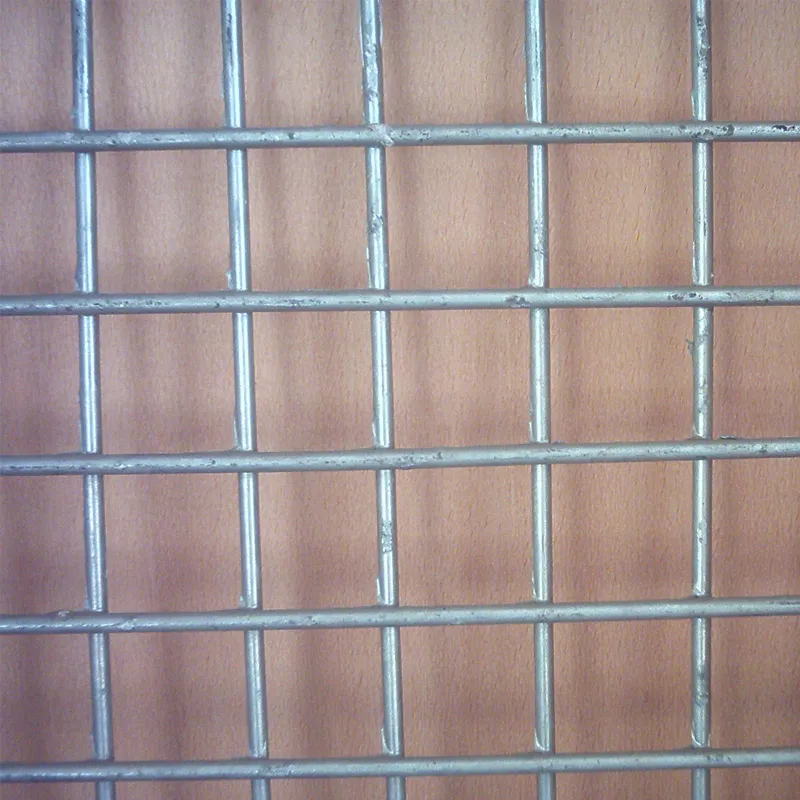10 月 . 09, 2024 05:08 Back to list
gabion wall cages
The Versatility and Functionality of Gabion Wall Cages
Gabion wall cages have gained popularity in modern construction and landscaping due to their unique design and numerous benefits. Composed of wire mesh filled with rock, concrete, or other materials, these structures serve both functional and aesthetic purposes in various applications ranging from civil engineering to garden design. In this article, we will explore what gabion wall cages are, their advantages, typical uses, and installation processes.
What are Gabion Wall Cages?
Gabion walls are essentially large, wire mesh boxes filled with stones or other granular materials. The term gabion originates from the Italian word gabbione, meaning big cage. These structures are known for their robust and flexible nature, making them ideal for use in various environments. They can be designed in different shapes and sizes to cater to specific needs, allowing for both linear and complex configurations to suit different landscapes.
Advantages of Gabion Wall Cages
1. Stability and Erosion Control One of the main purposes of gabion walls is to provide stability to slopes and prevent soil erosion. Their weight and structure help to retain soil on steep inclines, making them a great choice for hillside construction or landscaping.
2. Drainage The open structure of gabion cages allows for effective water drainage, which reduces the risk of water accumulation behind retaining walls. This water management feature minimizes the likelihood of structural failures associated with traditional solid walls.
3. Cost-Effectiveness Gabion wall cages can be relatively inexpensive compared to conventional wall materials. The materials used for filling can often be locally sourced, reducing transportation costs and construction time.
4. Environmental Impact Gabion walls can blend naturally into the environment. The use of stone or gravel for filler means that they often harmonize with the surrounding landscape, promoting biodiversity and reducing visual blight.
5. Versatility Gabion walls serve a multitude of purposes. They are not only ideal for erosion control but can also be used as noise barriers, decorative elements in landscaping, or even as structural walls in commercial buildings.
gabion wall cages

Typical Uses
Gabion wall cages can be found in various settings. They are commonly used in
- Retaining Walls To manage steep slopes and prevent landslides. - Riverbank Stabilization To protect waterways from erosion and enhance habitats for aquatic life. - Noise Barriers In urban settings, gabion walls can help mitigate noise pollution from highways or industrial areas. - Garden Beds and Borders Used as decorative features in landscaping, providing an attractive and functional boundary for garden spaces. - Artistic Installations Their flexibility allows for creative designs, often seen in modern art installations in public spaces.
Installation Process
The installation of gabion wall cages is generally straightforward, but proper planning and execution are essential for optimal performance. Here’s a brief overview of the process
1. Site Preparation Conduct a site assessment to determine the location and dimensions of the gabion wall. Clear any vegetation and debris. 2. Foundation A stable foundation is crucial. Create a leveled base using gravel or compacted soil to ensure the resilience of the wall. 3. Assembling the Cages Construct the gabion cages according to the desired size and shape. Ensure that the wire mesh is securely fastened to maintain structural integrity.
4. Filling Fill the cages with stones or other chosen materials. Care should be taken to avoid gaps that could compromise the wall’s stability.
5. Stacking and Wiring If building multiple layers, securely wire the cages together to enhance stability. Once filled, the walls can be topped with additional stones or mats to finish the structure.
In conclusion, gabion wall cages represent a blend of functionality and aesthetic appeal in landscaping and construction. Their unique properties make them a significant choice for erosion control, drainage management, and creative design. With their increasing popularity, gabion walls are likely to continue to play an essential role in modern environmental management and landscape architecture.
-
Secure Your Roof with Quality Roofing Nails
NewsNov.04,2024
-
Secure Your Property with Quality Field Fencing
NewsNov.04,2024
-
Enhance Your Space with Quality Mesh Fencing
NewsNov.04,2024
-
Discover the Versatility of Iron Wire for Your Projects
NewsNov.04,2024
-
Discover the Versatility of Common Nails for Your Projects
NewsNov.04,2024
-
Discover Quality Hydraulic Fittings for Your Applications
NewsNov.04,2024









